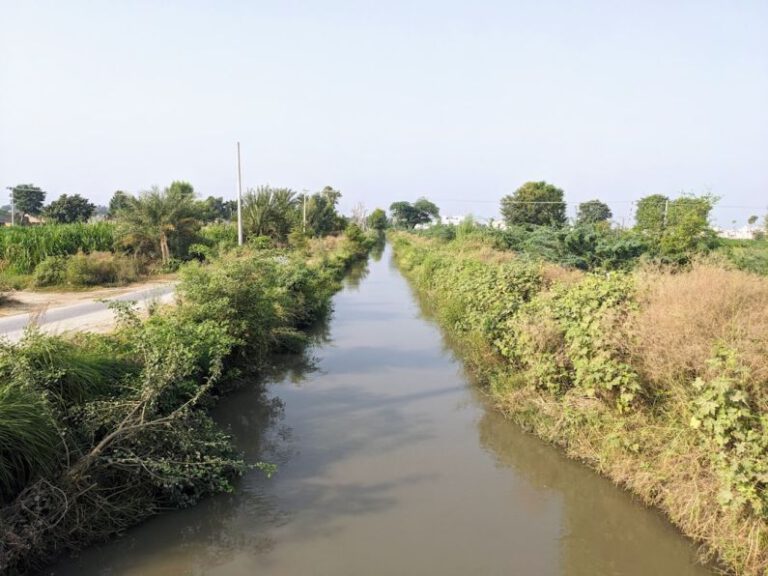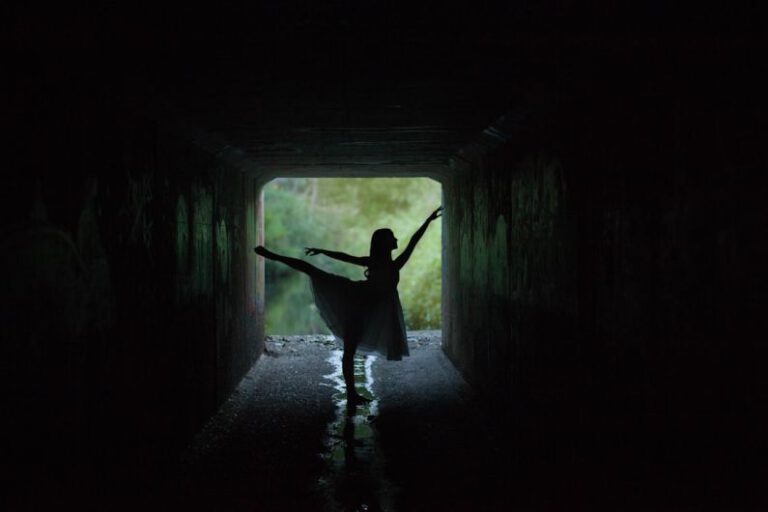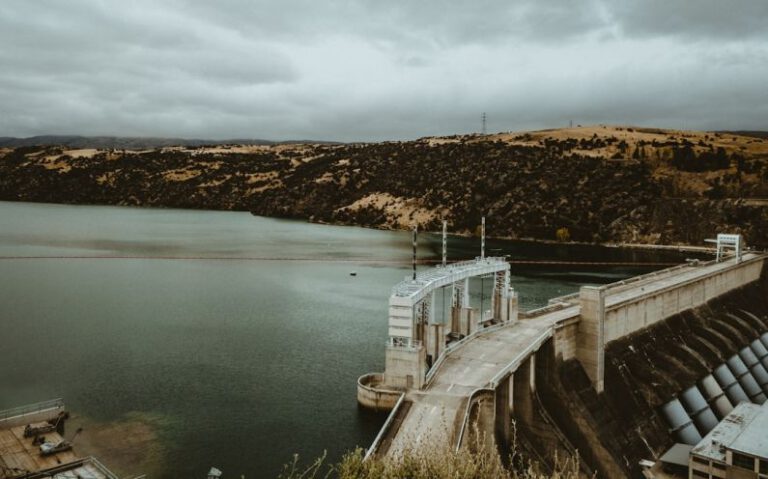Icebound Pioneering: the Challenges of Constructing the Amundsen-scott South Pole Station
**Icebound Pioneering: the Challenges of Constructing the Amundsen-Scott South Pole Station**
In the vast, icy expanse of Antarctica lies one of the most challenging construction projects ever undertaken: the building of the Amundsen-Scott South Pole Station. This remote research facility, located at the southernmost point of the Earth, presents a myriad of obstacles and difficulties that test the limits of human ingenuity and perseverance. From extreme weather conditions to logistical challenges, the construction of this station is a testament to the determination of those who dare to venture into the frozen wilderness of the South Pole.
**The Unforgiving Environment**
Antarctica is known for its harsh and unforgiving environment, with temperatures dropping as low as -80°C (-112°F) and winds reaching speeds of over 100 miles per hour. Such extreme conditions make it incredibly challenging to work on the construction of the South Pole Station. Workers must endure freezing temperatures and blizzard-like conditions, making every task a test of endurance and resilience.
**Logistical Nightmares**
Transporting materials and equipment to the South Pole is no easy feat. With no direct land route, everything must be flown in, adding significant costs and logistical challenges to the project. The extreme cold and altitude also pose unique challenges for aircraft, requiring special adaptations and careful planning to ensure the safe delivery of supplies.
**Engineering Marvels**
Building a research station at the South Pole requires innovative engineering solutions. The station must be designed to withstand the extreme cold and high winds, while also being able to accommodate the needs of the researchers working there. Specialized materials and construction techniques are employed to ensure the structural integrity of the buildings in such a harsh environment.
**Isolation and Psychological Challenges**
Working at the South Pole means being isolated from the rest of the world for months at a time. The long, dark winters can take a toll on the mental health of the station’s inhabitants, requiring careful planning and support systems to ensure their well-being. The construction crews and researchers at the South Pole must be resilient and adaptable, able to cope with the challenges of living and working in such a remote and extreme environment.
**Building for the Future**
Despite the many challenges of constructing the Amundsen-Scott South Pole Station, the project represents a remarkable feat of human achievement. The station serves as a hub for cutting-edge scientific research, providing valuable insights into climate change, astrophysics, and more. Its construction is a testament to the spirit of exploration and discovery that drives humanity to push the boundaries of what is possible.
**Innovations and Discoveries**
The South Pole Station has been the site of many groundbreaking scientific discoveries and innovations. Researchers stationed there have made important contributions to our understanding of the Earth’s climate, the universe, and the limits of human endurance. The station continues to be a beacon of scientific progress and discovery, attracting top researchers from around the world to collaborate on groundbreaking projects.
**A Legacy of Exploration**
As the Amundsen-Scott South Pole Station continues to stand as a symbol of human ingenuity and perseverance in the face of extreme challenges, it serves as a reminder of the importance of exploration and discovery. The pioneers who built the station and those who continue to work there today are carrying on a legacy of exploration that stretches back centuries, inspiring future generations to push the boundaries of what is possible.
**In Conclusion: A Frozen Frontier of Discovery**
The construction of the Amundsen-Scott South Pole Station is a testament to the indomitable spirit of human exploration and discovery. Despite the many challenges posed by the harsh environment of Antarctica, the station stands as a beacon of scientific progress and innovation. As researchers continue to push the boundaries of what is possible at the South Pole, the station remains a frozen frontier of discovery, offering valuable insights into the mysteries of the Earth and the universe beyond.






